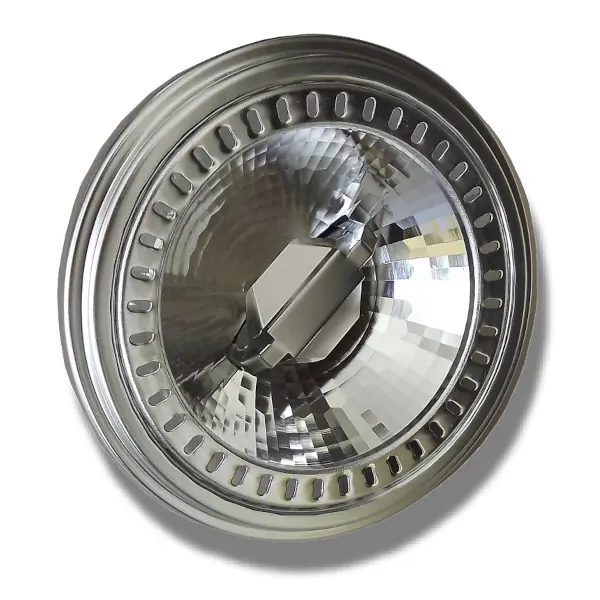Introduction to LED and traditional light bulbs
When it comes to lighting, the choice between LED and traditional bulbs is often at the center of the debate. But what are the real differences between these two types of bulbs? Understanding the specifics of each option is essential not only to improve the energy efficiency of your home, but also to contribute to environmental sustainability. LED lamps differ mainly from traditional bulbs, such as incandescent ones, in their internal operation and their environmental impact.
LED bulbs use light emitting diodes to produce lighting, unlike traditional bulbs that generate light by heating a filament. This fundamental difference translates into a number of advantages and disadvantages which we will explore in the following paragraphs. In today’s environment, with increasing environmental awareness and technological innovation, the switch to LEDs has become increasingly popular.



Energy efficiency in comparison
One of the most important aspects to consider when choosing between LED and traditional bulbs is energy efficiency. LED lamps are renowned for their ability to consume less energy than traditional bulbs, making them a more sustainable and affordable choice in the long term.
Energy consumption of LED bulbs
LED bulbs are designed to use a fraction of the energy required by traditional bulbs to produce the same amount of light. This translates into significant savings on bills and a reduced carbon footprint. In fact, LEDs can consume up to 80% less energy than incandescent bulbs.
Energy consumption of conventional light bulbs
Le lampadine tradizionali, come quelle a incandescenza, sono note per il loro consumo energetico elevato. Rispetto ai LED, queste lampade trasformano solo una piccola percentuale dell'energia in luce, mentre il resto viene dissipato sotto forma di calore. Questo non solo le rende meno efficienti, ma può anche contribuire all'aumento della temperatura ambientale nei mesi estivi.

Bulb life: LED vs traditional
The life of a light bulb is another crucial factor to consider. LED bulbs have a significantly longer lifespan than their traditional counterparts. While a single incandescent bulb could last for about 1,000 hours, an LED bulb can last from 15,000 to 50,000 hours. This not only means less substitution and therefore less waste, but also results in economic savings in the long run.
Environmental impact of light bulbs
The environmental impact of light bulbs is an increasingly important aspect in the choice between LED and traditional. While both options have pros and cons, LED lamps are generally more eco-friendly.
Materials and recycling of LED bulbs
LED bulbs are made of recyclable materials and do not contain mercury, unlike fluorescent lamps. In addition, their long life cycle reduces the amount of electronic waste generated.
Materials and recycling of traditional light bulbs
Traditional light bulbs, especially incandescent ones, are less sustainable in terms of recycling. They contain materials that are often unrecoverable and their short life cycle contributes to waste accumulation.
Cost and savings in the long term
The initial cost of LED bulbs may be higher than traditional ones, but the time savings are considerable thanks to their energy efficiency and long life. Investing in LED lamps can therefore be cost-effective in the long term.
Light quality: LED vs traditional
The quality of light is another factor to be considered. LED bulbs offer a range of color temperatures and intensities that can be adapted to different needs and personal preferences.
Colour temperature in LED bulbs
LED bulbs can reproduce a wide range of color temperatures, from a warm white similar to the light of traditional bulbs to a cooler and brighter white, ideal for work environments or spaces that require high visibility. This versatility makes LEDs suitable for multiple applications.
Colour temperature in conventional light bulbs
Traditional light bulbs tend to offer a warm and welcoming light, but with less flexibility than LEDs. This can limit the adaptability of lighting to modern spaces that require variable light conditions.
Safety and reliability of light bulbs
In terms of safety, LED bulbs are generally safer because they operate at lower temperatures than traditional ones, reducing the risk of fire or burns. In addition, the increased reliability of LEDs means fewer failures and maintenance.
Conclusions
In conclusion, the choice between LED and traditional bulbs depends on several factors including energy efficiency, durability, environmental impact, cost and quality of light. While LED lamps offer many advantages, traditional bulbs can still find application in specific contexts. Understanding and balancing these differences can help you make more informed and sustainable decisions for your lighting.